Living in Finland, we simply couldn’t miss the opportunity to tell you about Marttiini knives. To cook delicious meals, you obviously need to enjoy the cooking process. And in order to enjoy it — you need to be comfortable. And the main thing here is not a smart oven or a beautiful table. The most important thing is the knife! A knife that fits comfortably in your hand, not too heavy and not too light for you. It should be sharp, of course, and ideally, easy to care for. We decided to explore the pros and cons of different kitchen knives together with you — based on our own experience. And we begin with the Finnish brand Marttiini. Maybe you haven’t heard of it before? That’s not surprising — the company is based in a place where reindeer roam, the northern lights shine, and the official home of Joulupukki, the Finnish Santa Claus, is located.

Marttiini kitchen knives are available both individually and as sets. Today we are using the standard block, which includes five knives: a peeling knife, a narrow-bladed vegetable knife, a bread knife, a filleting knife, and a chef’s knife. Despite their affordable price, Marttiini kitchen knives fully live up to the company’s slogan: “The sharpest choice since 1928,” and their sharpness is on par with the famous puukko and other traditional Finnish blades. The knives are made of a special grade of stainless chromium steel (type 430), which — thanks to 13.5% chromium and 0.5% carbon content — allows for a hardness of 53–55, or even 55–57 HRC after hardening. This is considered an optimal range for knives of this type. The high chromium content also makes the blades resistant to corrosion, while still maintaining a good level of flexibility — especially useful for a filleting knife.
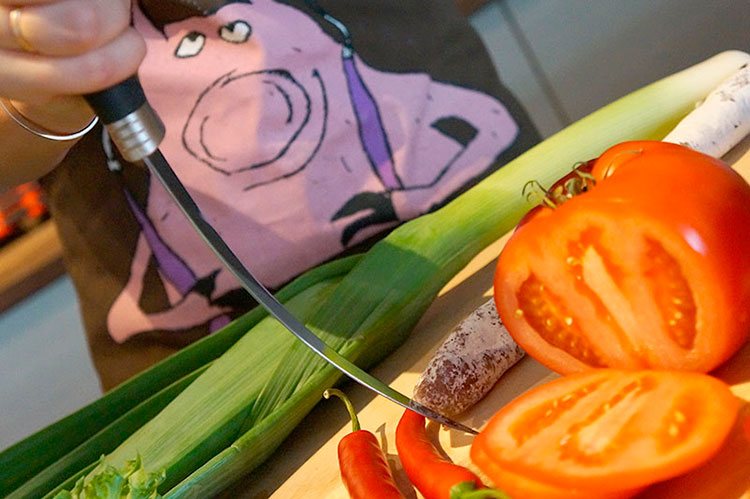
The filleting knife is very handy for cutting fish — you can easily separate the fillet from the bones or slice the fish into thin pieces. A smaller knife of a similar shape can be used for fine slicing of meat or as a vegetable knife. Thanks to its thin, flexible blade, it’s perfect for cutting or removing seeds and stems.
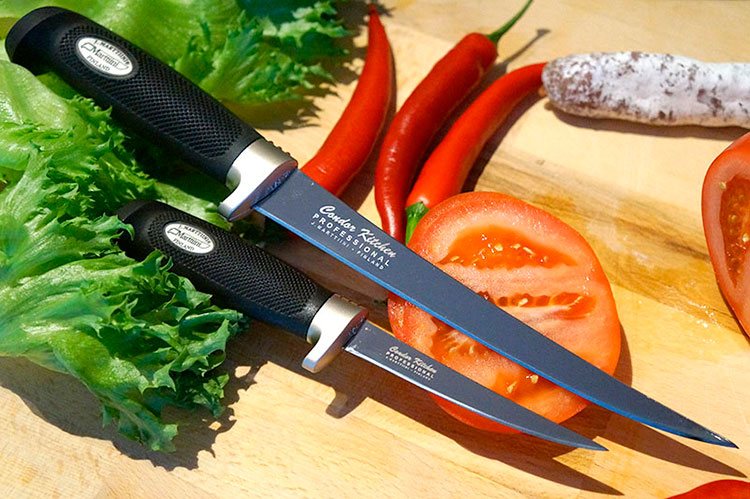
Handle lengths across the range vary from 10 cm (on the smallest knives) to 12 cm on the larger ones. The handles are made from the same rubber (MEKOL 80) used in Marttiini’s fishing knives, so you can be confident that the knife won’t slip from your hand or accidentally slide down onto your fingers at the wrong moment. And the best part? These knives are dishwasher safe. The handles are very ergonomic, and the rubber quickly adapts to the warmth of your hand, making it very pleasant to hold. However, you should note that the knives are relatively light, which may not be ideal for everyone — for instance, some men prefer heavier kitchen knives.

That said, I personally found the large Marttiini chef’s knife perfectly balanced in terms of weight. The cutting edge is thin with a double bevel, and thanks to the finger guard, the knife sits securely in the hand. The chef’s knife is very versatile, so feel free to use it for almost anything.

The peeling knife is typically used for cleaning vegetables. It performs decently — nothing extraordinary, but it works. Honestly, the handle felt a bit small even for me.

But the Marttiini bread knife — now that’s something special! First of all, serrated knives like this are not only great for bread but also ideal for melons, watermelons, and even tomatoes. As you probably know, slicing tomatoes is a real test for any knife. We picked a large, soft tomato with a thick skin — a real challenge. We didn’t expect miracles, but one happened! The bread knife sliced through it flawlessly. The cut was clean, thin, and nearly perfect.
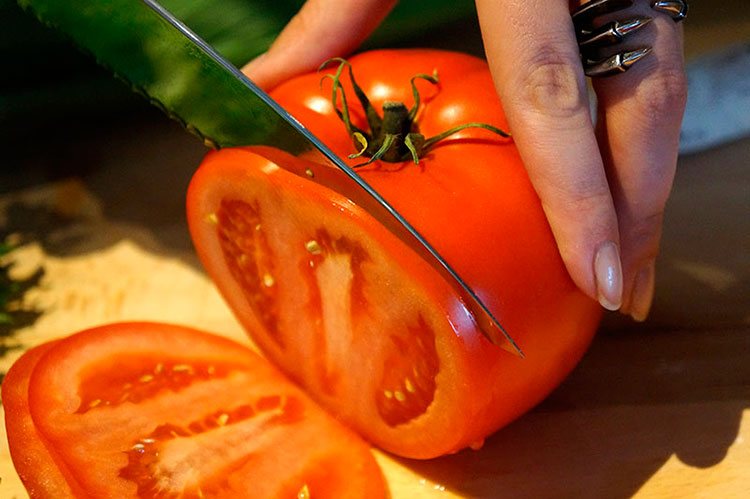
To make things more difficult, we also tried slicing a day-old baguette with a hard, dry crust. We saved this test for last, fully expecting a mess of crumbs. But again — miracle! Not a single crumb on the cutting board. The Marttiini bread knife gets a solid 5 out of 5.
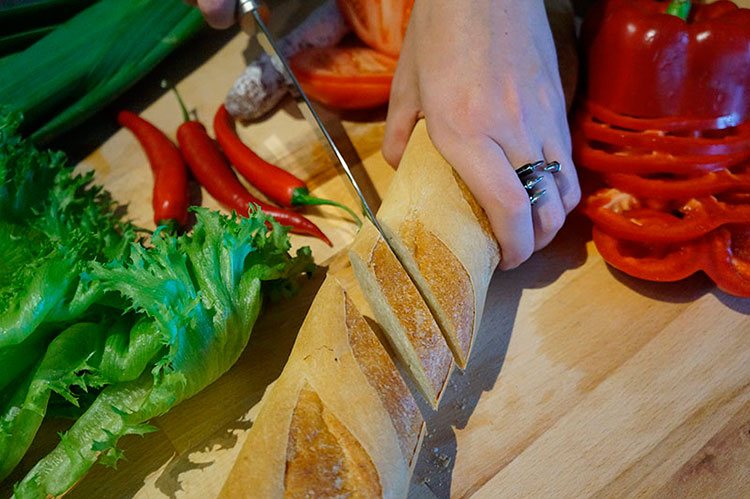
Overall, the Marttiini knife set includes every knife you’d use in your kitchen daily. They’re comfortable, sturdy, extremely sharp, and they hold their edge well. Of course, proper care is important — the blades should always be clean and dry after use. Since the handles are made of rubber, you can safely put them in the dishwasher, although I personally wouldn’t do it too often. For sharpening, I recommend using a Marttiini whetstone. Start by grinding the blade with the rough side in circular motions, then finish with the smooth side. Marttiini sharpening stones are primarily designed for fillet and kitchen knives but can be used for all types of blades. You can view the full selection of Marttiini knives in our store HERE.
 Paracord: What It Is and How to Use ItRead more
Paracord: What It Is and How to Use ItRead more Can You Give Knives as a Gift: Traditions, Superstitions, and AdviceRead more
Can You Give Knives as a Gift: Traditions, Superstitions, and AdviceRead more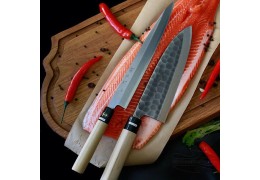 How to Sharpen Japanese Knives – A Complete Guide to Care and MaintenanceRead more
How to Sharpen Japanese Knives – A Complete Guide to Care and MaintenanceRead more Delivery to USARead more
Delivery to USARead more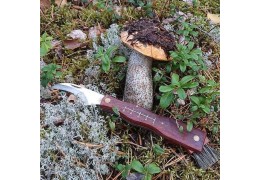 Mushroom knife: why you need it and how to choose the best oneRead more
Mushroom knife: why you need it and how to choose the best oneRead more







